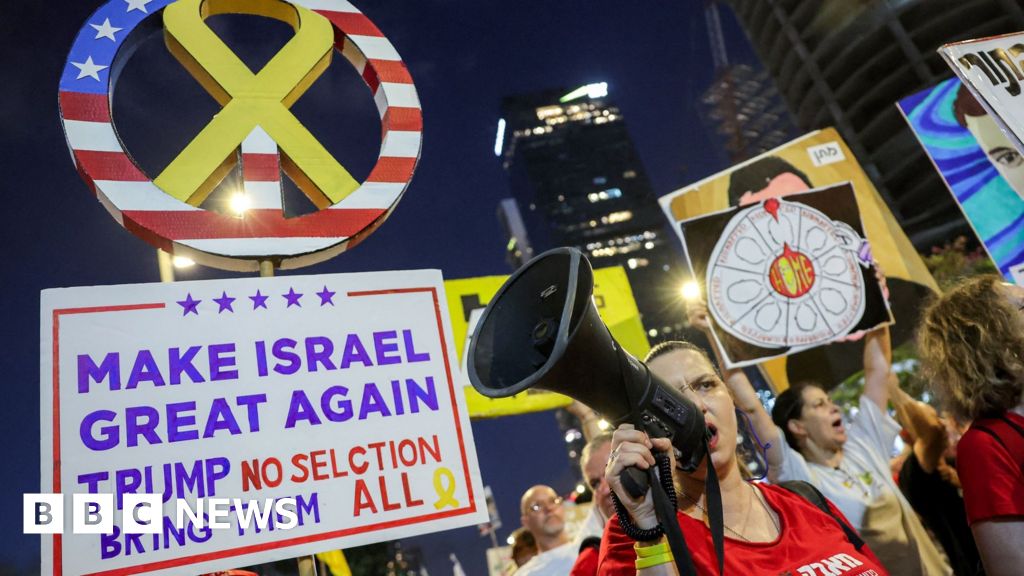Key Takeaways
The Crypto Fear and Greed Index is a well-known tool for measuring the crypto market sentiment. It gauges whether investors are fearful or greedy.
The indicator shows fear, while the Bitcoin price trades close to its yearly lows.
With that in mind, let’s analyze the Bitcoin price movement at times of extreme fear and greed and attempt to determine if the two are correlated.
How is the Index Created?
Five weighted factors create the Crypto Fear and Greed index:
- Volatility: Compares the current volatility to the 30- and 90-day averages, with higher volatility signaling fear.
- Volume: Higher trading volume relative to the average indicates greed.
- Social Media: High X engagement on Bitcoin-related hashtags suggests greed.
- Dominance: A higher Bitcoin Dominance Rate (BTCD) signals fears as investors move from altcoins to BTC.
- Trends: Google trends data for keywords that relate to fear and greed.
Values above 70 are considered greed, while those below 30 are fear.
In the past 365 days, the Fear and Greed Index reached a high of 94 (green) on Nov. 22, 2024, and a low of 10 (red) on Feb. 27, 2025.
Other periods of greed were in April and December 2024, while fear was prevalent in August and September.
With that in mind, let’s analyze the Bitcoin price action during these dates to see if there is a correlation between the two.
Bitcoin’s Correlation
As outlined above, the highest greed value was on Nov. 22, 2024. At the time, the Bitcoin price traded at $99,683. While Bitcoin fell next week, it quickly regained its footing and reached a new all-time high.
On the other hand, the highest fear value was on Feb. 27. The reversal afterward was much quicker. Bitcoin’s price fell nearly 10% the next day but immediately created a long upper wick (green icon) and bounced.
Nevertheless, the BTC price currently trades lower than on Feb. 27.
Want to add BITCOIN BTC to your portfolio? Discover the leading platforms for buying and selling BITCOIN BTC on our exchange review page.
The other two periods of greed (green circles) led to similar outcomes. While Bitcoin fell shortly after the readings, it quickly regained footing and broke to new highs.
Alternatively, high fear (red circle) has worked better to predict bottoms. The indicator predicted the August and September bottoms, after which the price rallied significantly.

So, extreme values of fear have been better predictors than extreme values of greed. This could be because the Bitcoin price has been in a bull market for the past year.
So, extreme fear has led to upward movements. On the other hand, the BTC price extended its rallies even in periods of extreme greed.
So, in bull markets, extreme fear is a relatively accurate predictor of bullish trend reversals, but the same is not true for extreme greed.
Mixed Correlation
The Crypto Fear and Greed Index is mildly correlated with the Bitcoin price. In the past year, extreme values of fear have quickly led to bullish trend reversals.
On the other hand, extreme values of greed have led to a milder and briefer reaction.
Disclaimer:
The information provided in this article is for informational purposes only. It is not intended to be, nor should it be construed as, financial advice. We do not make any warranties regarding the completeness, reliability, or accuracy of this information. All investments involve risk, and past performance does not guarantee future results. We recommend consulting a financial advisor before making any investment decisions.
Was this Article helpful?


















